Learning Center
writing
Distinguish “reasons” from text-based “evidence”
september 19, 2017
When preparing to write a persuasive or argumentative piece, teachers typically ask students to generate a list of reasons to support a position. However, the lists students typically generate are not of reasons, but rather of individual details.
Imagine a student made a list of details in support of wearing school uniforms. On his list, he might include:
- We’d eliminate peer pressure because everybody wouldn’t have to wear trendy clothes.
- We would have a faster morning routine because you only have one outfit choice.
- You wouldn’t have a “cool” versus “uncool kid” stigma because everyone is wearing the same outfit.
- Kids wouldn’t fight over or steal one another’s brand-name clothing because we’re all wearing uniforms.
It doesn’t matter whether that list was generated by research or personal background knowledge. Either way, it’s just a list of details. The fact that the morning routine is faster is a specific detail. There is little else to say. In order to identify reasons, students need to look at their lists and combine several details. They need to look for similar ideas that fit a broader category. This would then become a reason that can be developed into a paragraph. For example:
- REASON 1: Group the fast morning routine detail with the detail about the elimination of arguments between parent and child over appropriate clothing. These both provide supporting evidence that uniforms decrease family stress.
- REASON 2: Group the elimination of social stigma and economic barrier under a broader category that wearing uniforms levels the playing field among students.
- REASON 3: Group the examples of easily spotting kids on a field trip, preventing gangs from using clothes as markers, and spotting intruders in a building within a third reason that they help increase security and decrease violence.
In summary, a single reason should be broad enough to serve as a topic sentence. The rest of the paragraph is then specifics, details, and examples that prove that statement. To achieve this, teachers need to first teach students how to generate a list of facts and details (based on background knowledge or collected from research). Then, they need to model how to combine similar details to infer reasons.
Group details to generate reasons
PROMPT: Argue whether genetic engineering should/should not be legal.
Cut apart the list of pro and con details collected from several articles. Group them to infer reasons. (Original passages are not available.)
View the original whole-class mini-lesson and follow-up small-group activity executed in a middle school science class.
Stacey Rubin, a middle school teacher at South Bend Hebrew Day School (South Bend, IN), shared photos of her students executing the genetic engineering sort of details to prepare her students to write argumentative essays.

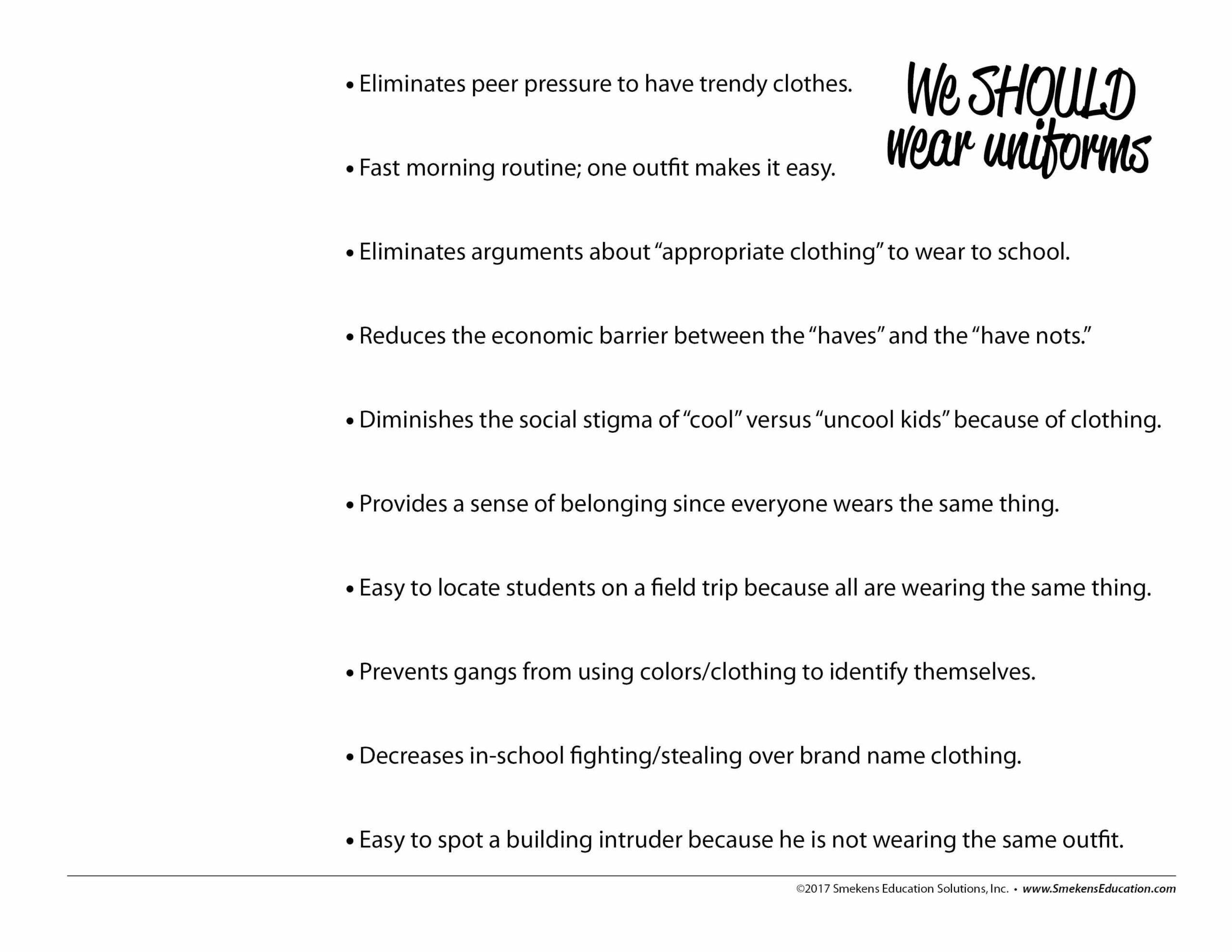
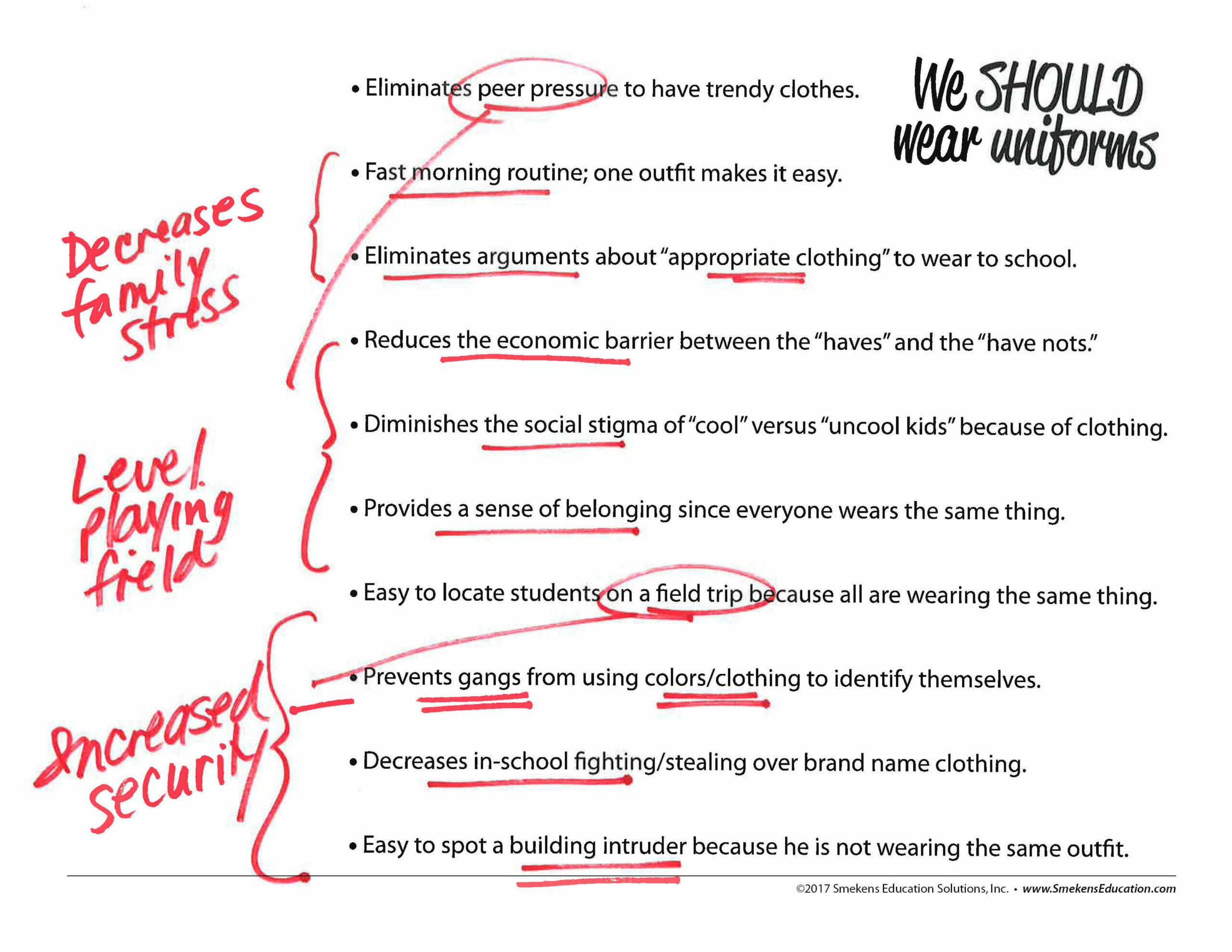
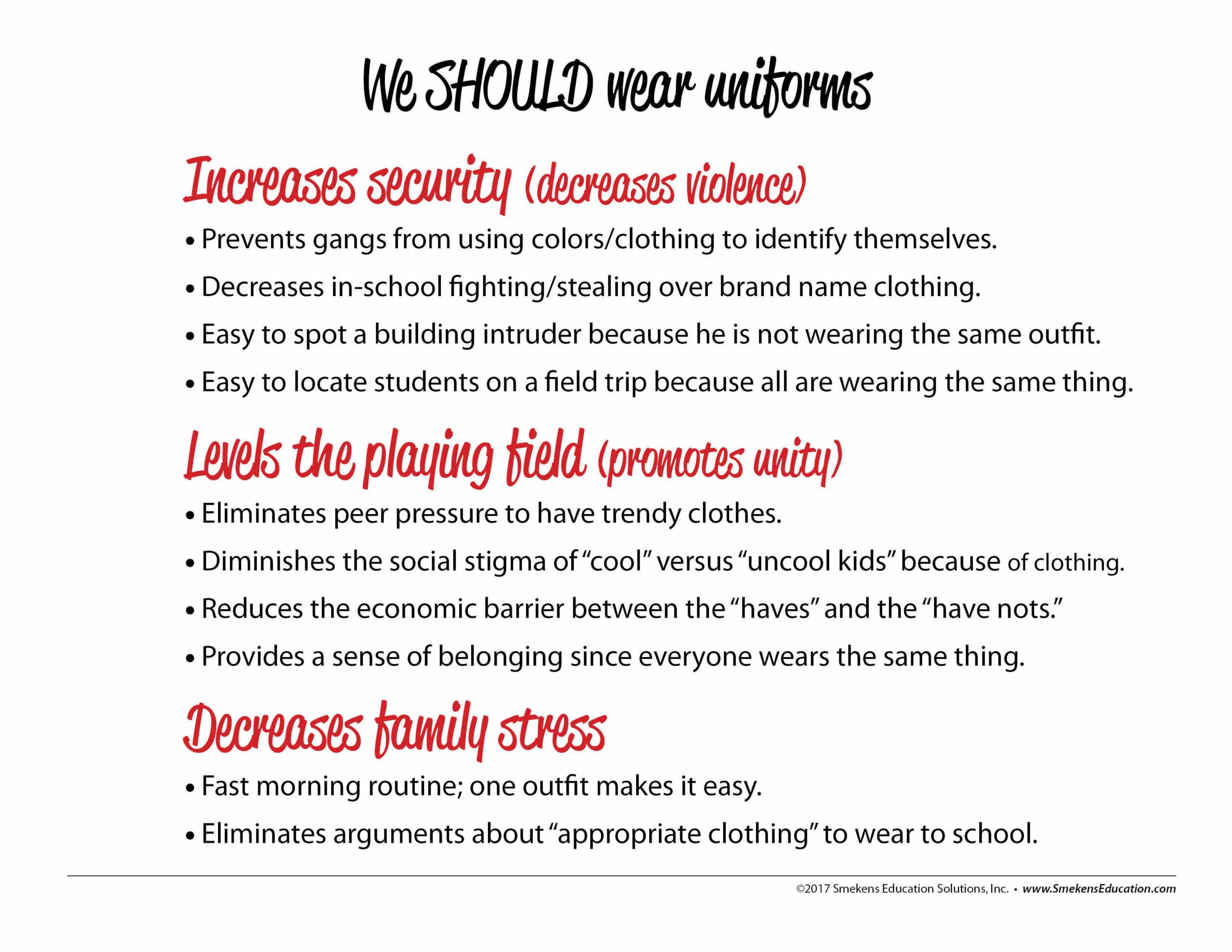
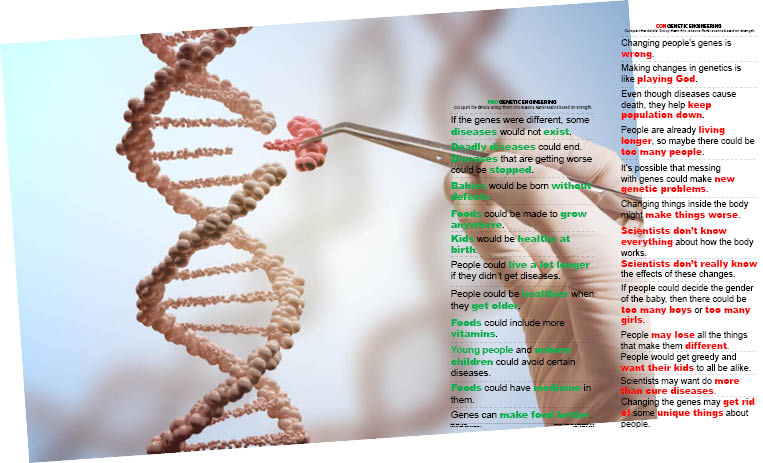
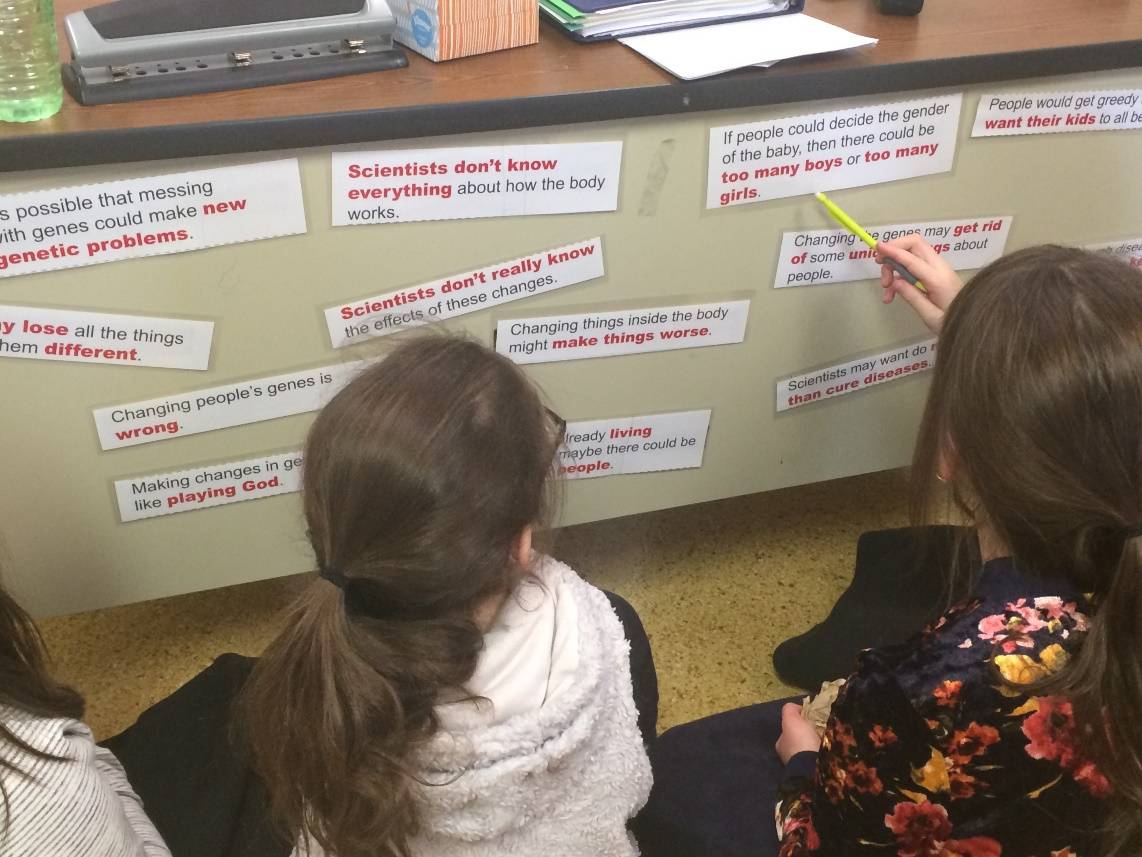
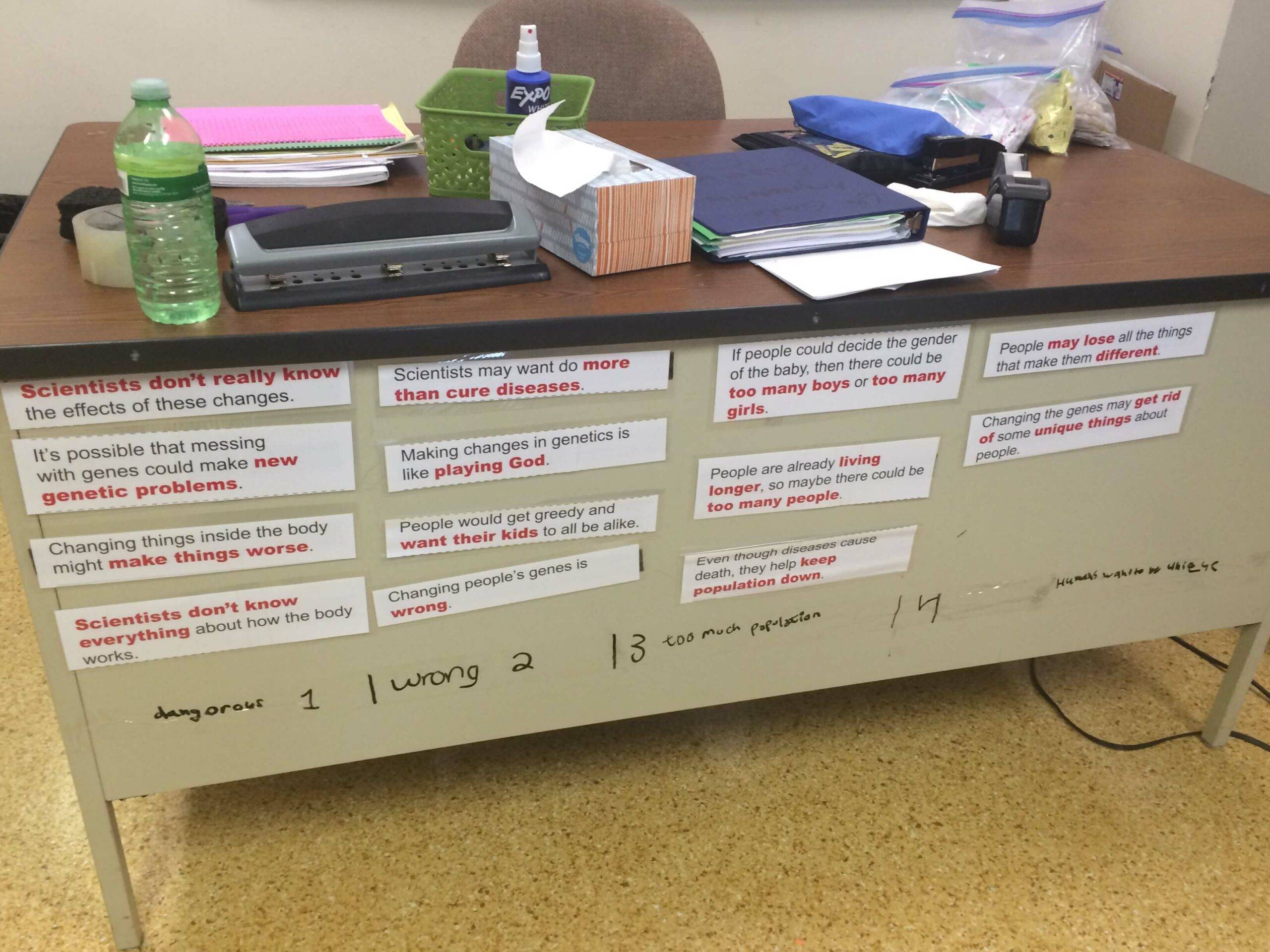
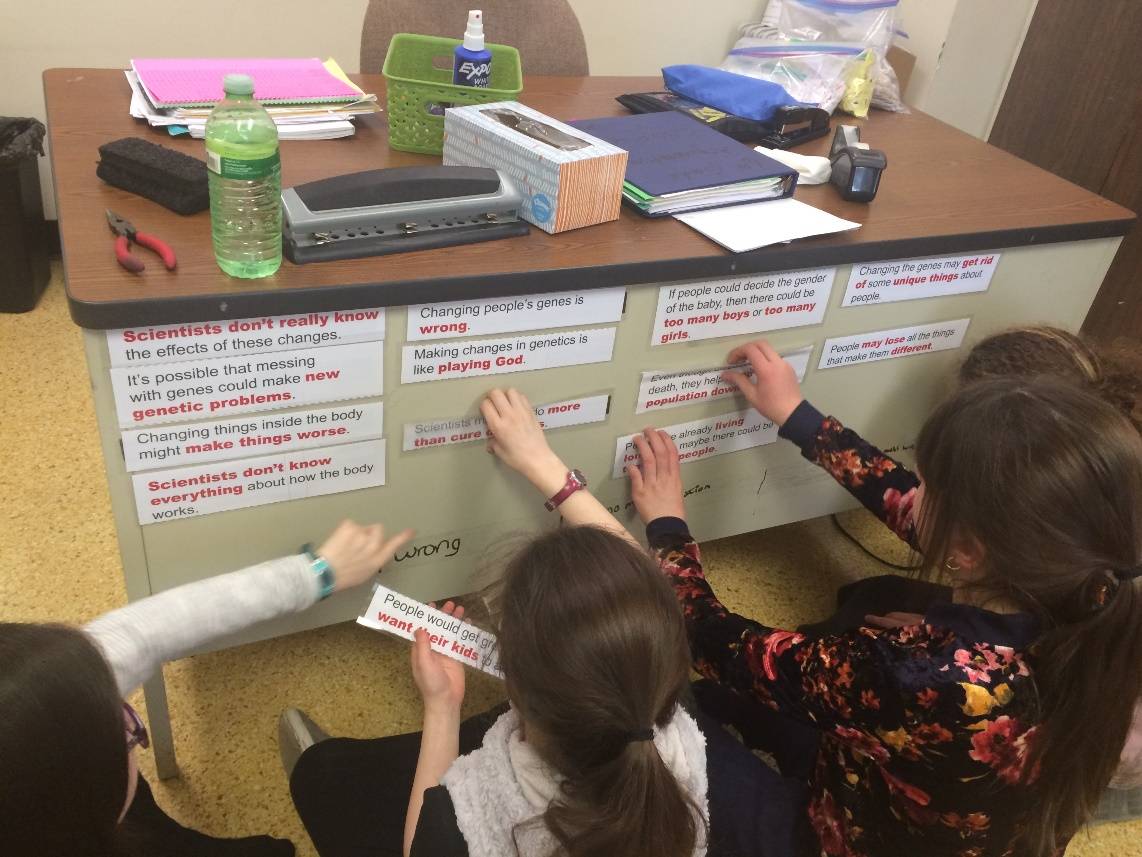
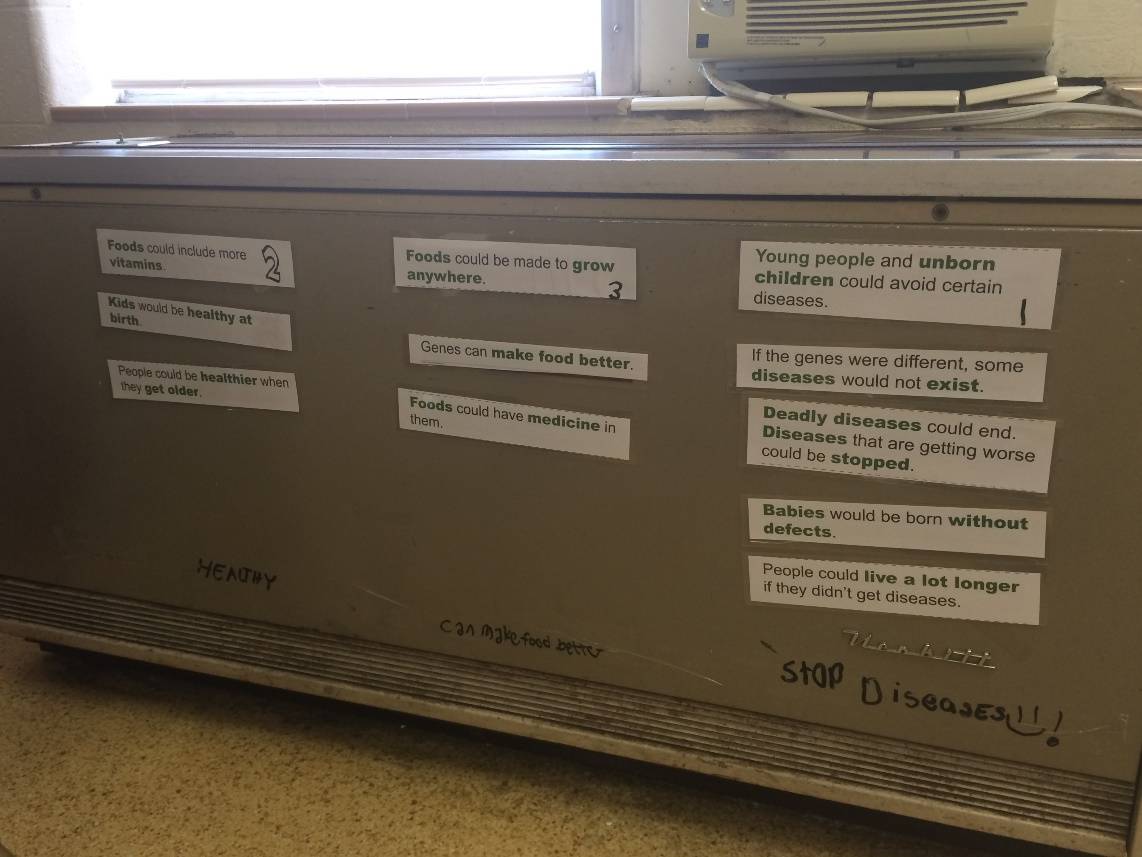

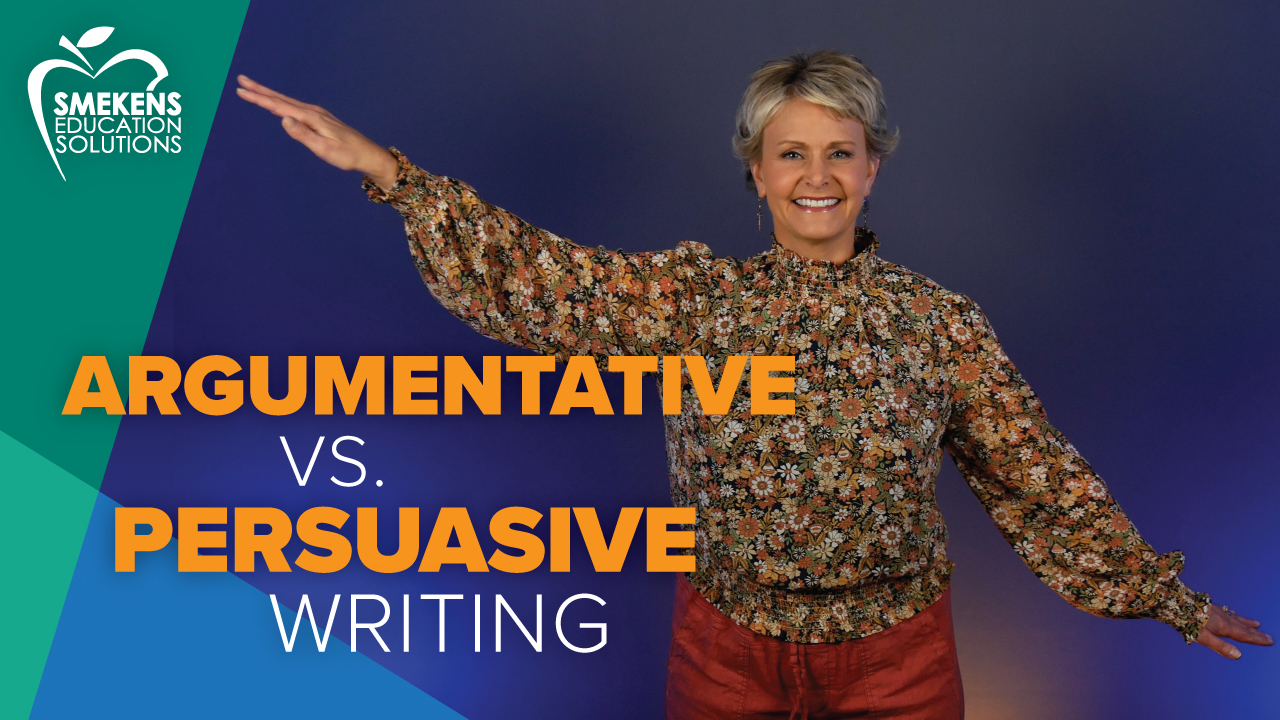
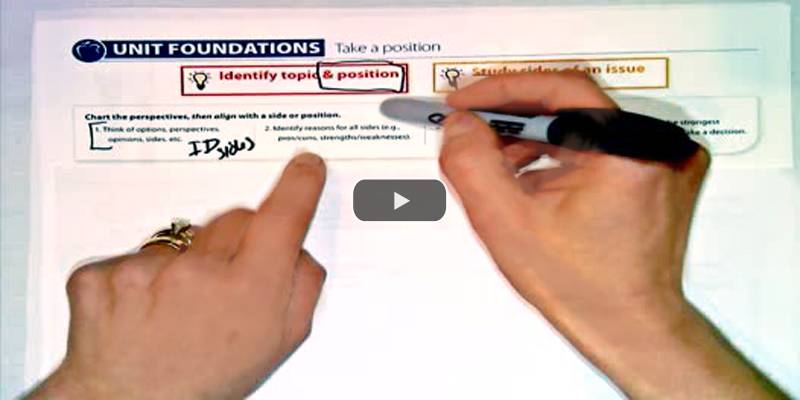
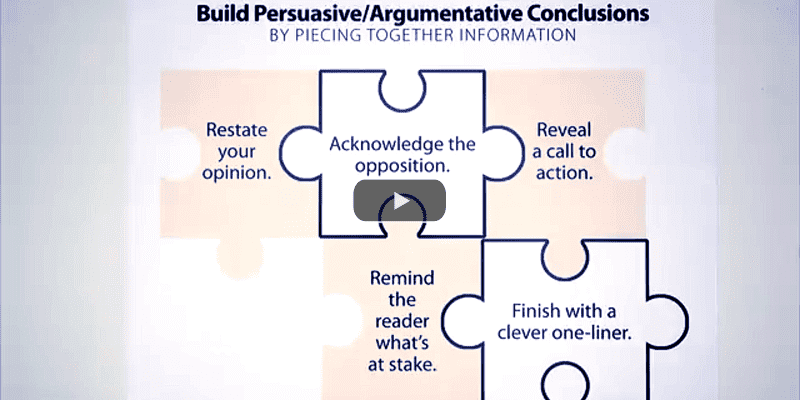
This is a GREAT concise explanation! It helped me in studying for the TEAS test.
Julie,
We’re happy to hear that this article helped you prepare for the TEAS. And we hope you passed with flying colors!
I appreciated that!
Bravo! Bravo!
Thank you, Jered! Hope you are able to always see the difference between “reasons” and “evidence” from now on.